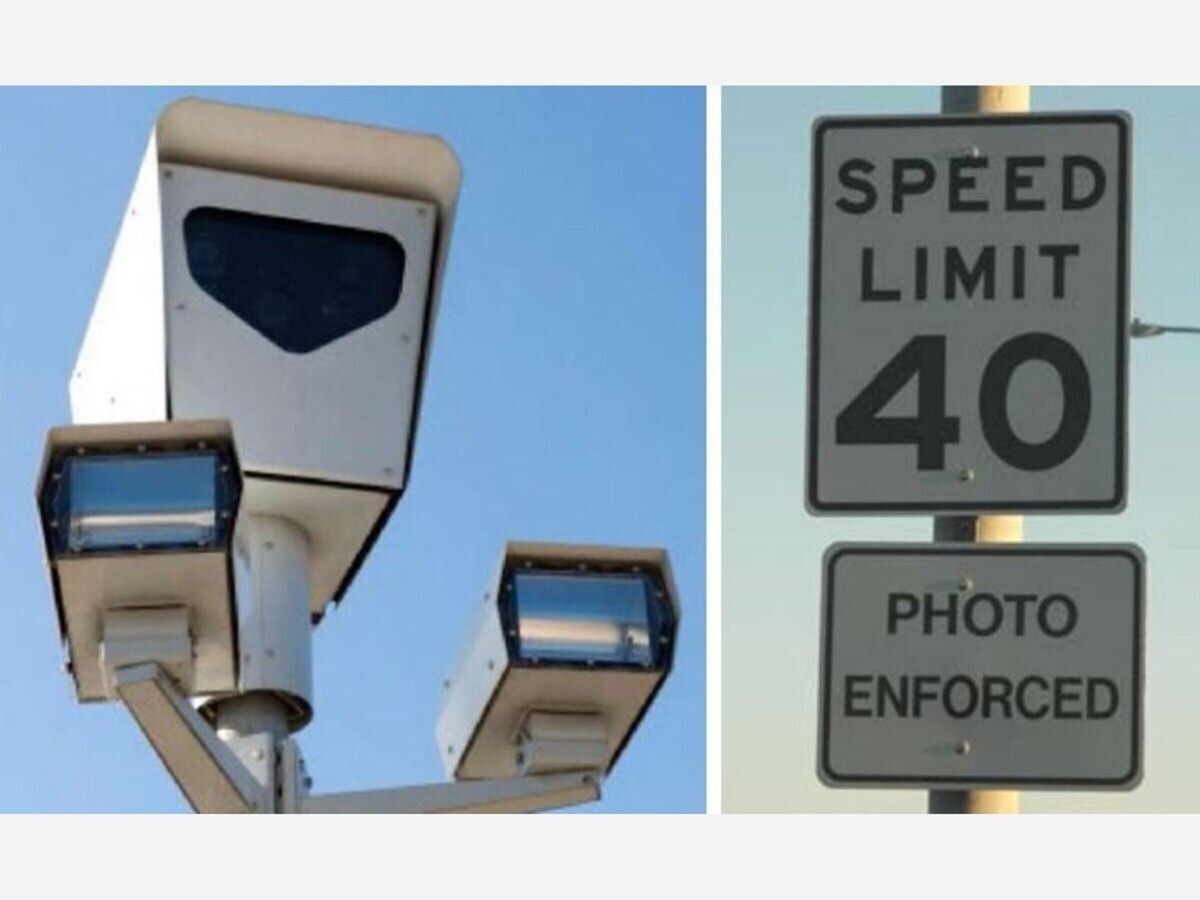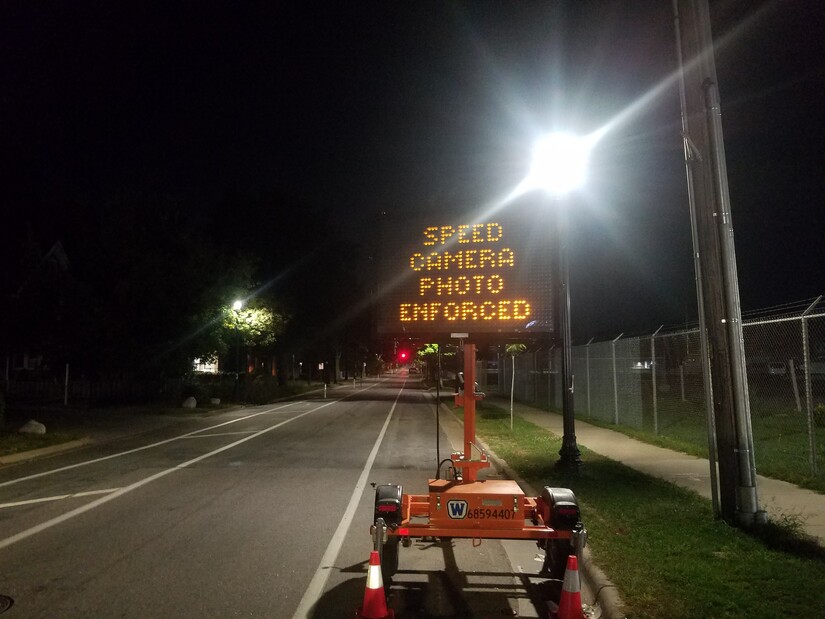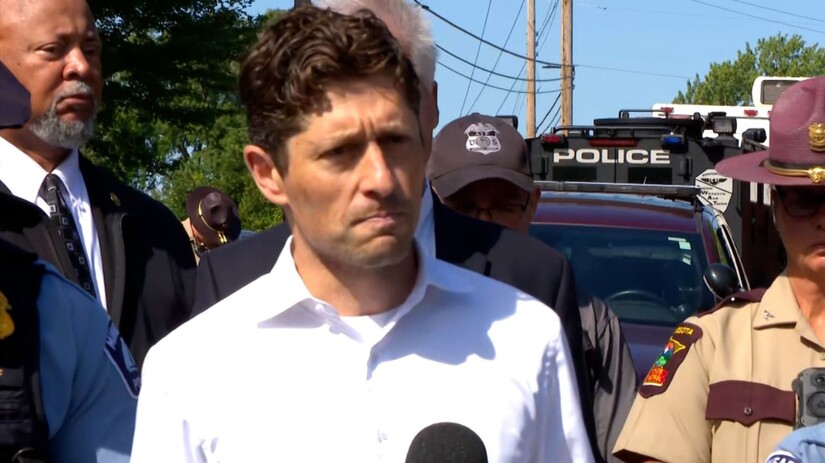Image


Minneapolis officially launched its automated speed camera pilot program on Wednesday, October 1, activating five cameras across the city as part of its Vision Zero initiative to eliminate traffic deaths and severe injuries.
City leaders emphasize the program is focused squarely on safety—not surveillance or revenue. Mayor Jacob Frey called the effort a “commonsense step to protect lives on our streets,” stressing that the cameras are intended to change dangerous driving behavior, not punish drivers.

The launch comes amid troubling trends on Minneapolis roads. Between 2022 and 2024, 43 people were killed in crashes involving speeding, and in 2021 speeding was a factor in 65% of fatal crashes, a rate significantly higher than the national average.
Research supports the approach: national studies have shown that automated speed enforcement can reduce crashes by as much as 50% and injury crashes by nearly half.
“Automated enforcement is about reducing injuries and saving lives,” said Tim Sexton, director of Minneapolis Public Works. “It’s not about catching people—it’s about changing behavior.”
To address concerns about overreach, the state legislation authorizing the program includes strict privacy and equity safeguards:
City officials also emphasized that fine revenue will be reinvested into traffic safety initiatives rather than general funds.
During October, the first month of activation, drivers caught traveling 10 mph or more over the speed limit at monitored intersections will receive only a warning in the mail.
Starting in November, fines will be issued on the following scale:
The five initial camera locations, chosen for their history of speeding-related crashes and proximity to pedestrians or schools, are:
The pilot, authorized through July 2029, allows Minneapolis to expand the program to as many as 42 locations citywide. Officials have already identified 11 additional high-priority intersections and may eventually add red-light cameras as part of the rollout.
Enforcement begins in full November 1, but city leaders hope drivers start slowing down immediately.

“This is about safety, not surveillance,” Mayor Frey reiterated. “If these cameras save even one life, the program will have been worth it.”